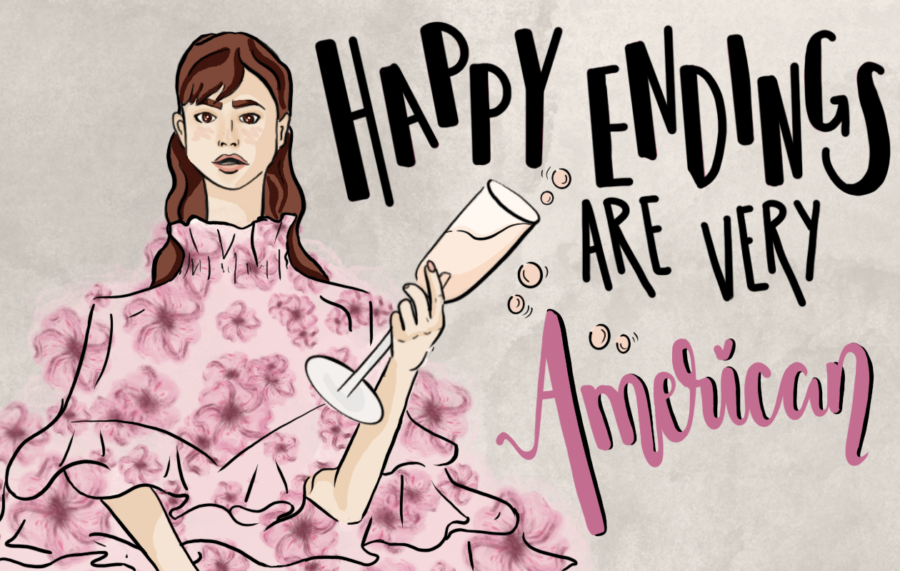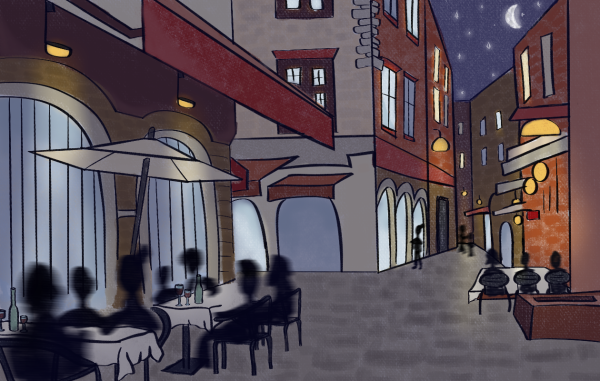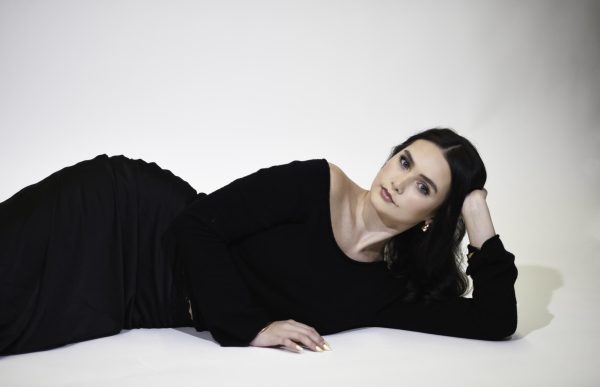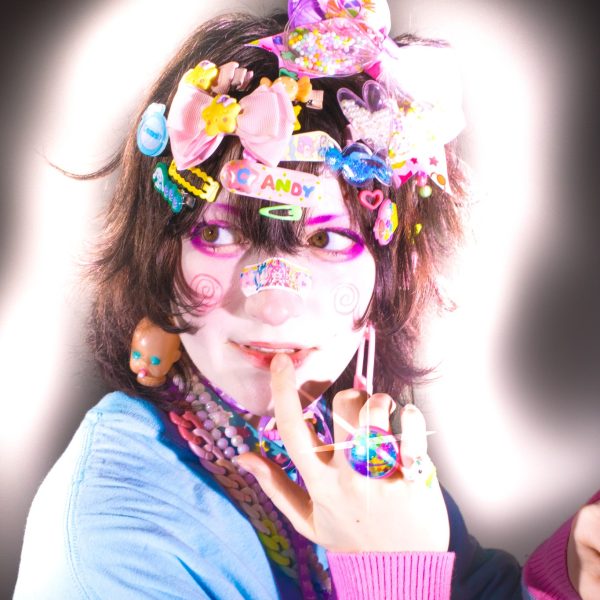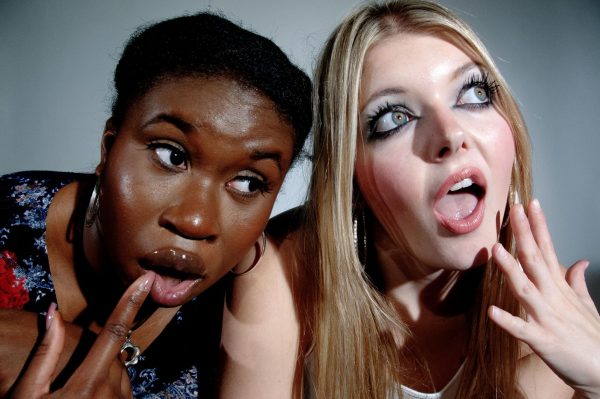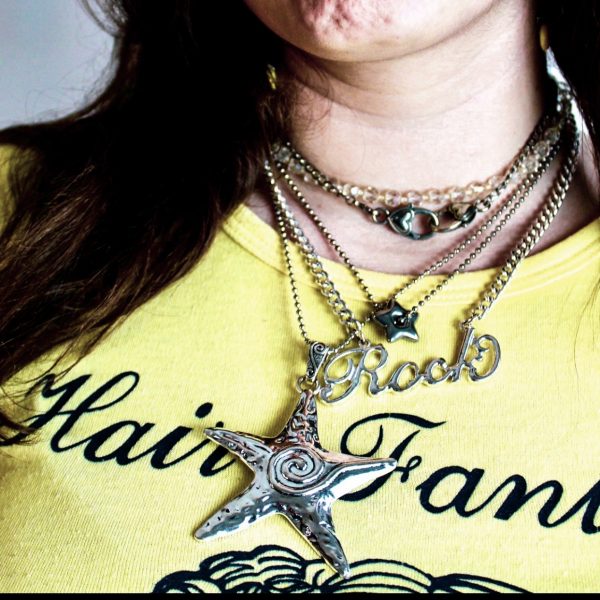‘emily in paris’: is she really a marketing expert?
Love it or hate it, you have certainly heard of Netflix’s popular TV show, “Emily in Paris” (2020). The story follows the American Emily Cooper, played by Lily Collins, who is a marketing executive sent to work in Paris after the company she works for acquires a French luxury marketing firm. The show follows Emily as she attempts to navigate Paris and the challenges of adjusting to a new culture despite not speaking their language.
Although the series was seemingly harmless, many viewers took to social media to criticize the stereotyping of Parisians and the limited view it gives of Paris. After all, “Paris is not just about the Louvre, Saint Germain, and the Tuileries gardens,” says Parisian Alexandra Millhat for NBC News.
Lily Collins defended the show during an interview for British Vogue in 2020. The actress pointed out that the series is not meant to be a copy of reality but rather a “heightened version of this world because it’s a comedy.”
Still, one of the many critiques about the show was its portrayal of the marketing industry. As I watched the show, I wondered if Emily’s almost magical solutions to marketing obstacles are another element of the comedy, or if they are truly representative of marketing in the real world. So, I spoke with three different Kent State students from the fields of marketing and public relations to understand their perspectives.
Before diving into the show, I wanted to understand the role marketing plays in a company. Kelly Koegler, a freshman business marketing major, explains, “Marketing is one of the most important parts of running a business. This makes known to customers about the product or service you’re selling,” she said. “Marketing can be done in various ways through email, television, radio, mail, social media and many others. Customers then engage with these marketing strategies which helps them make a buying decision.”
On the show, Emily often uses social media to promote different brands and herself. Even if the series highlights the importance of it, many businesses in real life still underestimate its value. Instead of viewing their social media presence as a need and a way to communicate with customers, they view it as a liability and something that does not require that much effort.
“Customers spend a lot of time consuming content on social media platforms,” Koegler said. “Therefore, as part of a business’s marketing strategy you must incorporate social platforms to obtain customers. If a business focuses only on traditional media they will most likely not reach a large portion of their available target market.”
Emily constantly uses social media to find creative solutions to her marketing problems.
In season 2, episode 8, she has the idea to create a viral trend where customers can share the way they “pop their top” of champagne. It has the potential of increasing engagement and user-generated content but she didn’t discuss this idea or develop a social media strategy.
However, not all of her ideas seem to be very realistic, for example, when Brigitte Macron, the wife of French President Emmanuel Macron, shared one of her posts on social media. In reality, it might take months before Emily reaches someone like Brigitte Macron. She would likely have a marketing plan and steps to follow and not simply post on her social media whatever comes to her mind.
Not all of the marketing scenarios are unrealistically portrayed within the show, some of her marketing strategies brought “information about how companies actually use SEOs to track consumer data, monitor viewing times, etc.” says sophomore Rileyanna Karić, a fashion merchandising and marketing major.
In season 1, episode 2, Emily describes one of her campaigns for a vaccine that led to a growth in tourism in the Virgin Islands and how they could track everything, such as “who have used what, when, where and for how long,” Karić says.
Although the show could have done some things better, “in general had a rather close depiction for better or for worse, of marketing strategies used today.” Karić said. “For example, SEO coding, promotional content, influencer training events, etc.”
Mikeyla Parker, a senior fashion merchandising major and public relations minor, agrees that “coming up with campaign ideas, hosting events, and figuring out what would better attract the customer for each company or product is very realistic.” Still, the marketing world “is not always as glamorous as Emily portrays it to be. It shows more of her successes than failures,” Parker says.
She points out the unrealistic part of the show as “how fast-paced the show is.” Since the episodes are 30 minutes long, Emily needs to find a solution and develop a campaign in that time frame. When in reality, “each campaign takes months to put together and if it is a bigger campaign it could take six months to a year to complete,” Parker adds.
Even if her ideas may be successful and creative, “research and strategic planning for the clients require a lot of attention to detail, not down time,” Parker says.
“I think the series shows more of her life in Paris, and then her job is secondary,” Parker said. “It shows Emily living and learning in Paris more than Emily living and working in Paris.”
Viewers should approach the show as a comedy rather than a realistic depiction of reality. Otherwise, they could be disappointed with the job expectations. After all, “it takes a lot of planning, and nothing can happen overnight,” Parker explains. “You have to be prepared for your clients not to like what you bring, and it takes months to plan large-scale events and marketing campaigns.”
Parker continues, “When I watch ‘Emily in Paris,’ I do think ‘oh is this how it would be if I took a job in marketing and maybe moved to another country?’ but realistically I know that is not the case. When I watch the show I see all the glitz and glamor. But it takes a lot more than an idea, a pitch, and an event to successfully meet goals for clients.”
The show may have gotten some things right about marketing but overall Emily’s life is a glamorous tale of events. Of course, a marketing solution may not involve going to Palais Garnier in a gala gown to tell a designer from haute couture that your “basic” charm bag is not meant to offend him. Still, marketing offers great opportunities for creative minds and that shouldn’t stop anyone from going after that dream job.
Support Student Media
Hi! I’m Catie Pusateri, A Magazine’s editor-in-chief. My staff and I are committed to bringing you the most important and entertaining news from the realms of fashion, beauty and culture. We are full-time students and hard-working journalists. While we get support from the student media fee and earned revenue such as advertising, both of those continue to decline. Your generous gift of any amount will help enhance our student experience as we grow into working professionals. Please go here to donate to A Magazine.

